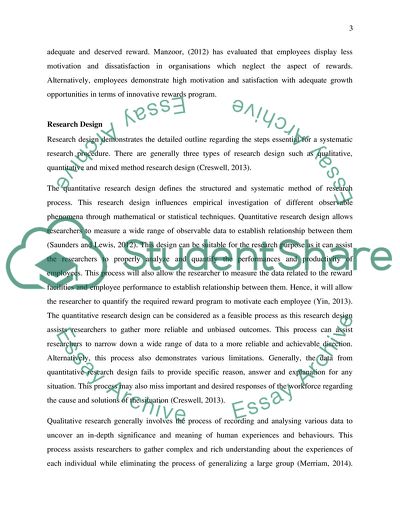Cite this document
(The Art of Hearing Data Assignment Example | Topics and Well Written Essays - 1500 words - 1, n.d.)
The Art of Hearing Data Assignment Example | Topics and Well Written Essays - 1500 words - 1. Retrieved from https://studentshare.org/statistics/1696570-research-method
The Art of Hearing Data Assignment Example | Topics and Well Written Essays - 1500 words - 1. Retrieved from https://studentshare.org/statistics/1696570-research-method
(The Art of Hearing Data Assignment Example | Topics and Well Written Essays - 1500 Words - 1)
The Art of Hearing Data Assignment Example | Topics and Well Written Essays - 1500 Words - 1. https://studentshare.org/statistics/1696570-research-method.
The Art of Hearing Data Assignment Example | Topics and Well Written Essays - 1500 Words - 1. https://studentshare.org/statistics/1696570-research-method.
“The Art of Hearing Data Assignment Example | Topics and Well Written Essays - 1500 Words - 1”, n.d. https://studentshare.org/statistics/1696570-research-method.


